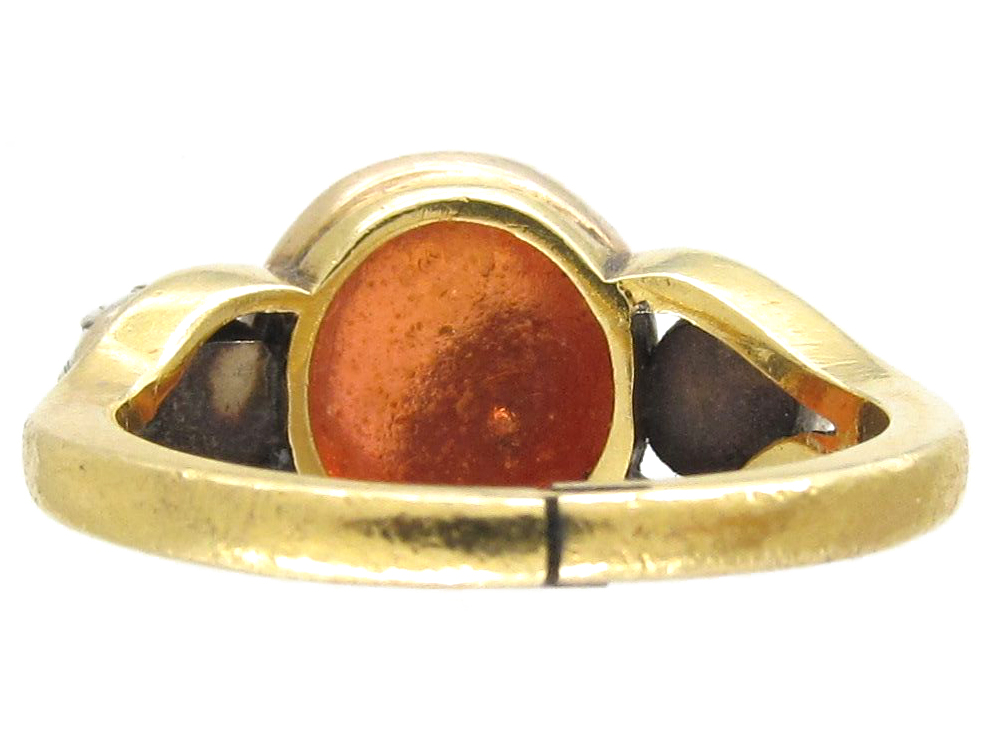

On side B shown above, two males are on a bed in an erotic scene. Perfume bottle made of cameo glass found in the Roman necropolis of Ostippo (Spain). Sometimes dyes are used to enhance these colours. Alternatively, a cameo can be carved by the traditional, but far more difficult, method directly out of a material with integral layers or banding, such as (banded) agate or layered glass, where different layers have different colours. Modern cameos can be produced by setting a carved relief, such as a portrait, onto a background of a contrasting colour. Glass cameo vessels, such as the famous Portland Vase, were also developed by the Romans. In cheaper modern work, shell and glass are more common. This derives from another generalized meaning that has developed, the cameo as an image of a head in an oval frame in any medium, such as a photograph.Īncient and Renaissance cameos were made from semi-precious gemstones, especially the various types of onyx and agate, and any other stones with a flat plane where two contrasting colours meet these are "hardstone" cameos. Today the term may be used very loosely for objects with no colour contrast, and other, metaphorical, terms have developed, such as cameo appearance. Originating in Bohemia, the finest examples were made by the French glassworks in the early to mid-nineteenth century. These are very difficult to make but were popular from the late 18th century through the end of the 19th century. This is then encased in a glass object, often a paperweight. An artist, usually an engraver, carves a small portrait, then makes a cast from the carving, from which a ceramic type cameo is produced. Originally, and still in discussing historical work, cameo only referred to works where the relief image was of a contrasting colour to the background this was achieved by carefully carving a piece of material with a flat plane where two contrasting colours met, removing all the first colour except for the image to leave a contrasting background.Ī variation of a carved cameo is a cameo incrustation (or sulphide). It nearly always features a raised (positive) relief image contrast with intaglio, which has a negative image.

14-20 AD.Ĭameo ( / ˈ k æ m i oʊ/) is a method of carving an object such as an engraved gem, item of jewellery or vessel. Three-layered sardonyx cameo, Roman artwork, ca. Truly Ancient.Cameo of Roman Emperor Augustus wearing a gorgoneion and a sword-belt. The surfaces of these artifacts are over 1,500 years old, so you can see their journey through some wear. This is a limited collection, each intaglio unique. Each piece from this collection is hand crafted from start to finish in our in house studio by one of our talented gold smiths. The fob pendants are held in bezels of recycled 18k yellow gold and suspended from rings so that they will slide onto the chain or charm hook of your choosing. I hope you love this small, limited collection of rings and fob pendants we designed in-house, using the Ancient Intaglios as the focal point. These become one of the most coveted treasures of the ancient world. The intaglios themselves were handmade by skilled artisans through carving an image onto a gemstone. Immediately I was struck with their beauty and history. I decided the best way to honor these artifacts is through resurrecting them into the modern world as spectacular jewelry.Īncient Intaglios were worn by the wealthy businessmen and leaders in Ancient Rome, allowing them to sign documents by transferring hot wax onto letters and contracts as their signature. In a twist of fortune and fate, I was lucky enough to find the most brilliant collection of Ancient Roman Empire Intaglios at an estate.


 0 kommentar(er)
0 kommentar(er)
